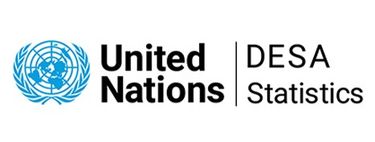Rural access to services – a global perspective

The Sustainable Development Goals (SDG) are the blueprint to achieve a better and more sustainable future for all countries. The achievement to these goals is measured through a set of indicators. Within the SDG framework, the Rural Access Index (RAI) is one of the most important global development indicators in the transport sector. It was adopted as an indicator to measure the progress of SDG Target: 9.1: “Develop quality, reliable, sustainable and resilient infrastructure, including regional and trans-border infrastructure, to support economic development and human well-being, with a focus on affordable and equitable access for all”.
The RAI was developed originally by the World Bank in 2006 and aims at measuring the share of rural population who has access to all-season roads, conventionally, within 2 km, or equivalently, 25-minute walking distance. In the SDG context, the Bank developed in 2015 a new methodology for RAI which relies on spatial data and techniques that are newly available at the global level. This presentation outlines the progresses and challenges in the development of this type of indicators.
- Formal definition. The indicator is defined as the proportion of the rural population who live within 2 km of an all-season road.
- Main data sources. The new methodology relies on (i) global population distribution datasets, (ii) road network data, and (iii) road condition data.
- Computation. Overlaying these datasets, the number of population who live in 2km of a good road is calculated.
In addition to measuring RAI, an example is also given of measuring the SDG indicator 9.C.1 “Proportion of the population covered by a mobile network” using mobile phone data in Brazil and Indonesia. Finally, some references are made to the Global Geospatial Information Management work at the UN.
